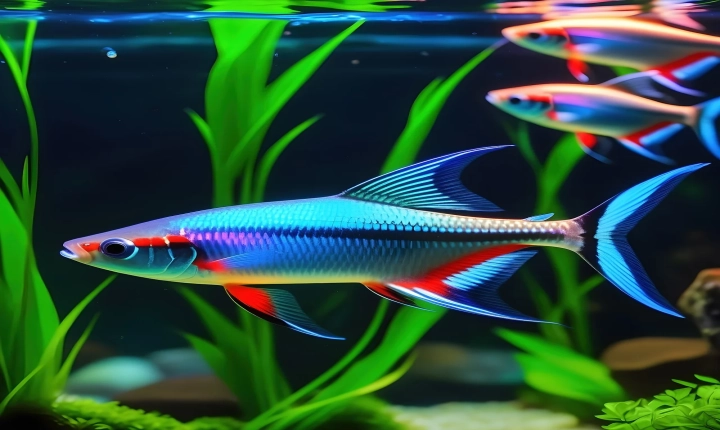Title: How to Generate AI Images from Text: The Next Frontier in Creativity
In recent years, the world has witnessed remarkable advancements in artificial intelligence (AI), particularly in the realm of image generation. One of the most intriguing and exciting developments in AI technology is the ability to generate images from text descriptions. This groundbreaking capability has profound implications for various industries, including design, gaming, marketing, and more. In this article, we’ll explore the fascinating world of AI-generated images and discuss how this technology works, its potential applications, and the ethical considerations it raises.
The advent of AI-generated images from text has been made possible by the rapid progress in deep learning and natural language processing. In a nutshell, this technology leverages powerful AI algorithms to interpret and translate textual descriptions into visual representations. The process involves training a deep neural network on vast amounts of text-image pairs to learn patterns and correlations between words and visual elements. Once trained, the network can generate realistic and detailed images based on textual prompts.
One of the most prominent examples of AI image generation from text is the use of Generative Adversarial Networks (GANs). GANs are a type of neural network architecture consisting of two components: a generator and a discriminator. The generator creates images from random noise, while the discriminator evaluates these images to distinguish between real and generated ones. Through iterative training, the generator improves its ability to produce increasingly realistic images based on textual input.
The potential applications of AI-generated images from text are vast and diverse. In the field of design, creatives can use this technology to quickly visualize their ideas by describing them in natural language, saving time and effort in the prototyping process. In gaming, AI-generated images can be employed to dynamically create game assets, environments, and characters based on dialogue and narrative descriptions, allowing for personalized and adaptive gaming experiences. Moreover, in marketing and advertising, this technology can be harnessed to generate custom visuals for targeted campaigns, catering to specific audience preferences and interests.
However, as with any transformative technology, AI image generation from text also raises ethical considerations. The potential for misuse and misinformation is a valid concern, as the technology could be exploited to create deceptive or harmful visuals. Furthermore, questions about ownership and copyright arise, as AI-generated images may blur the lines of authorship and intellectual property. As such, it’s crucial for developers and policymakers to establish clear guidelines and regulations to ensure the responsible and ethical use of this technology.
In conclusion, the ability to generate AI images from text represents a major leap forward in AI creativity and innovation. This technology has the potential to revolutionize various industries, from entertainment and design to marketing and beyond. As developers continue to refine and expand the capabilities of AI-generated images, it’s essential to approach this advancement with ethical considerations in mind, striving to harness its power for the betterment of society while mitigating potential risks. Ultimately, the synthesis of AI and creativity holds immense promise, offering a glimpse into a future where imagination and technology converge in unprecedented ways.
